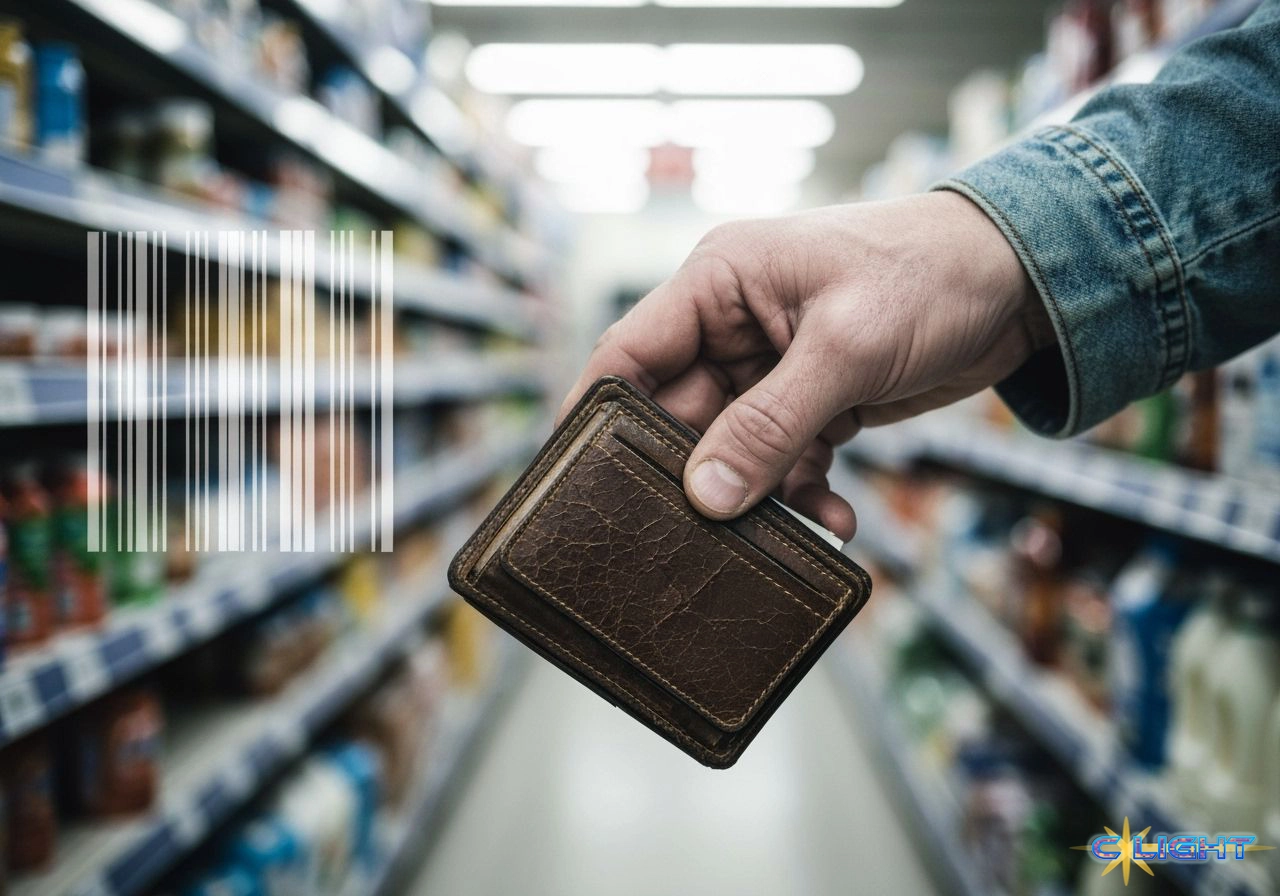Good morning.
Every American household is currently navigating a persistent squeeze on its finances. Prices seem inexorably higher, and the purchasing power of a hard-earned dollar feels diminished. While the complexities of inflation often leave many feeling powerless, a significant and often misunderstood driver is now unequivocally at play: the current administration’s tariffs, which are quietly yet profoundly inflating your everyday costs. This is not merely an abstract trade policy; it is a direct, politically driven hidden tax on every consumer, and it is “none of this is good news.”
To understand this unseen squeeze, it’s helpful to demystify inflation. At its simplest, inflation means your money buys less. What cost $1,000 before the pandemic now demands approximately $1,240. While a gentle creep of inflation can signal a healthy, growing economy—fostering business expansion, job creation, and gradual wage increases—too much of it feels akin to taking a pay cut, complicating essential financial planning like saving for emergencies or investing for retirement.
Guarding against runaway inflation is the Federal Reserve, America’s central bank. Its primary tool is adjusting interest rates, which directly impact borrowing costs for everything from credit cards to mortgages. Currently, the Fed is caught in a precarious “wait-and-see” approach, holding its benchmark interest rates steady at a 23-year high of 4.25%-4.5%. This caution stems directly from the new data linking inflation to tariffs, making policymakers wary of any premature moves. Indeed, the Fed’s greatest fear is a “stagflationary shock”—a dreaded scenario where prices rise even as the economy stagnates or contracts.
This cautious stance from the independent Federal Reserve has, however, drawn the ire of the President, who routinely maligns Fed Chair Jerome Powell as “too late” and “a knucklehead” on social media. He has publicly demanded aggressive interest rate cuts—a demand that, economists confirm, would “never happen outside of a recession.” Despite this relentless “cyberbully[ing],” Powell is, in fact, handling the immense uncertainty about as well as one could ask for, waiting for more conclusive evidence before risking a policy misstep.
The link between the administration’s tariffs and your rising costs is no longer subtle; it’s hitting your shopping cart directly. Tariffs are, simply put, taxes on imported goods. When the government levies them, businesses importing those goods bear the immediate brunt of higher acquisition costs. Faced with the difficult choice of absorbing these costs and eroding their profits, or passing them on to consumers and risking their ire, a growing number of businesses are choosing the latter.
The latest data from the Bureau of Labor Statistics (BLS) confirms this trend. While overall inflation in June remained at 2.7% (matching its highest pace since February), the details reveal tariffs’ growing “imprint.” Goods prices, particularly those “most exposed to tariffs,” accounted for a significant 38% of overall inflation between May and June—a sharp jump from just 18% in February. This tariff-induced price surge is now undeniable in everyday categories:
- Household furnishings and supplies (including appliances, rugs, and housekeeping items) jumped a full 1% in June, their biggest increase since January 2022.
- Recreation commodities (like sporting goods, toys, and video equipment) also saw their largest month-on-month increase since 2022.
- Apparel prices increased 0.4%, reversing a months-long trend of decline.
- Tomatoes, a staple in many households, are now subject to a 17.09% anti-dumping duty on Mexican imports, a direct, immediate price hike.
Economists had anticipated a slower manifestation of these effects, as many businesses had stockpiled inventory ahead of April’s initial tariff announcements. However, as those pre-tariff inventories deplete, consumers will inevitably “soon see the difference at checkout.” Moreover, this is just the beginning. The President has issued letters threatening 30% base tariffs on all imports from the European Union and Mexico starting August 1st, alongside threats to over 20 other nations, ensuring more price hikes are on the horizon. While the current, lower tariff rates are still the highest in decades, experts warn that even “modest damage—year after year of slightly higher unemployment and slightly slower growth—will add up terribly over time.”

This escalating economic burden, unlike the vagaries of weather or other natural occurrences, is a direct, undeniable consequence of political decisions. The administration’s public posture, exemplified by the President’s social media declarations of “Consumer Prices LOW” and “Tariffs are making our Country ‘BOOM’,” directly contradicts the economic reality. Their Council of Economic Advisers has even published analyses attempting to deny any “economically meaningful inflation” from tariffs—claims that have been swiftly debunked by independent economists. This is a deliberate attempt to manage perception while “normal Americans” are forced to “shoulder the burden of [a] fiscal policy of spite.”
When a government, particularly one run by individuals perceived as “out-of-touch billionaires,” implements policies that directly diminish the purchasing power of its citizens and make daily life demonstrably more expensive, people have not only a reason but a profound responsibility to respond harshly. This “hidden tax” on consumers, implemented through political fiat and defended by misleading rhetoric, demands accountability. The long-term economic stability of the nation and the financial well-being of its households depend on a clear-eyed assessment of these costs and a collective demand for policies grounded in economic reality, not political expediency.
Discover more from Clight Morning Analysis
Subscribe to get the latest posts sent to your email.










